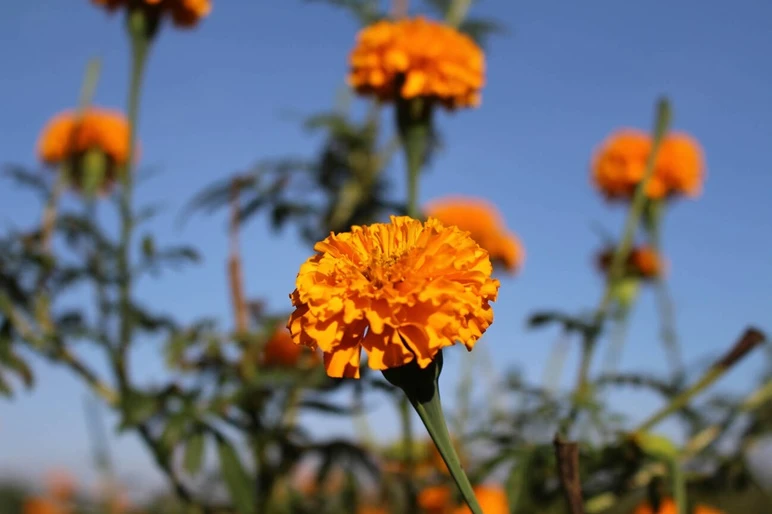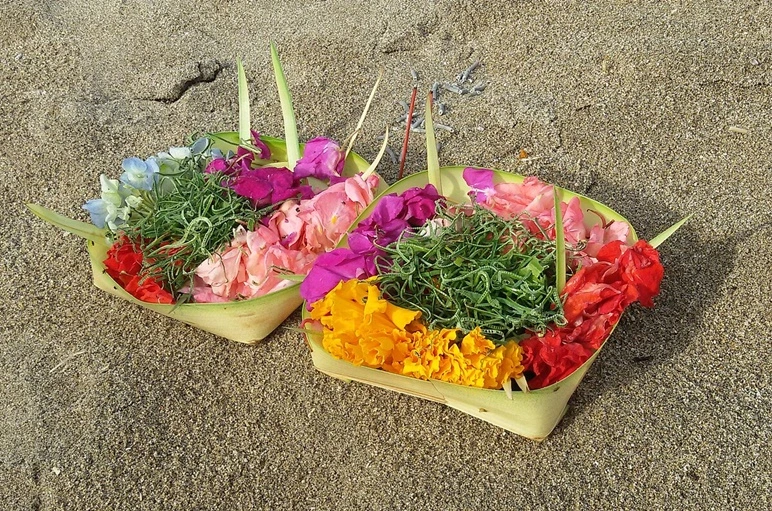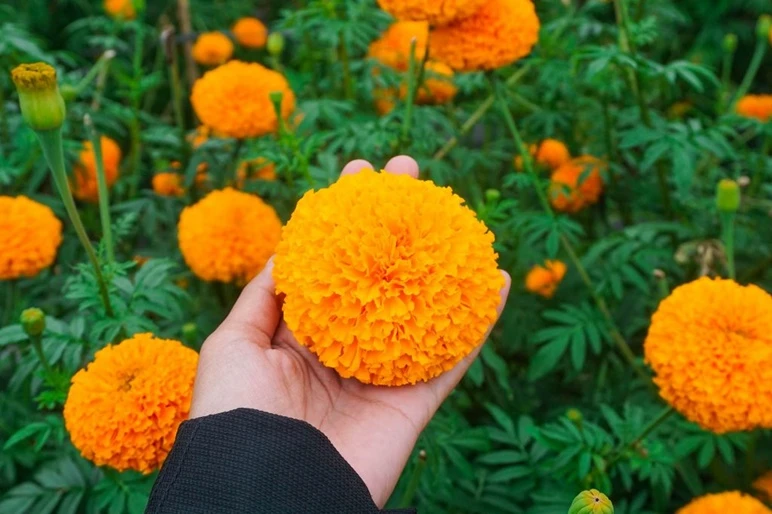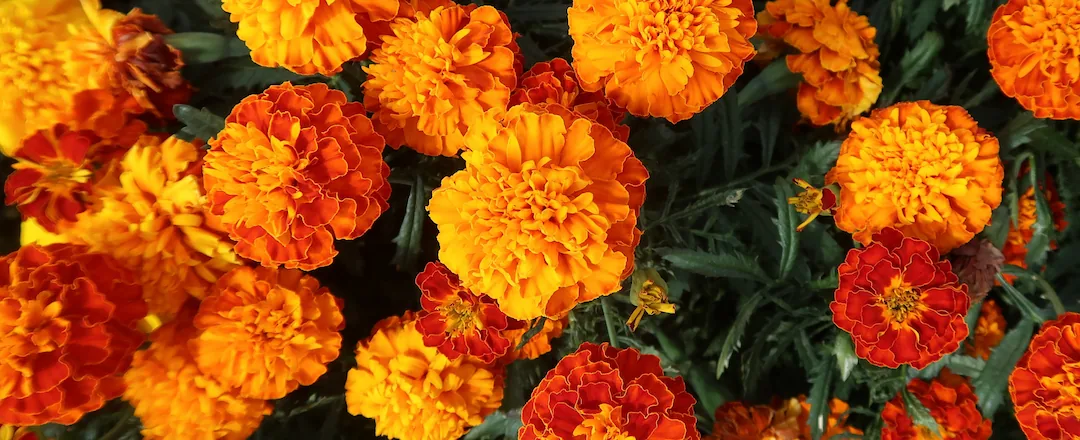Nestled among the vibrant floral offerings of Bali, the gemitir—internationally known as the marigold—blooms not only with striking hues of gold and amber but with centuries of spiritual significance. Far beyond its visual charm, this flower is deeply woven into the religious and cultural fabric of Balinese Hinduism. Its round, sun-like shape and glowing petals are more than nature’s ornament—they are symbols, scriptures, and silent prayers made visible.
Far beyond its visual charm, this flower is deeply woven into the religious and cultural fabric of Balinese Hinduism.
Origin Rooted in Myth
According to Balinese lontar (palm-leaf manuscripts), the origins of the gemitir are not merely botanical but divine. One myth tells of its emergence from the blood of Bhatari Durga, the formidable goddess associated with death and purification. In this myth, after Durga was spiritually transformed into Dewi Uma—a purification of worldly darkness—her body gave rise to sacred flora. Her blood, it is believed, soaked the gemitir, imprinting the flower with cosmic energy.

Because of this origin, the gemitir was historically deemed unsuitable for certain types of offerings, particularly those directed toward deities in Pura Dalem, temples of the underworld and transformation.
Purity Through Ritual Cleansing
This restriction is not absolute. Texts such as the Lontar Aji Janantaka suggest that once the flower undergoes a ritual cleansing or penglukatan, it may be used in offerings—but only in its most sacred form: bright yellow, unmarred, and perfectly bloomed. Red gemitir, associated with intense emotional states like passion and anger, is generally excluded from divine offerings, a subtle nod to the nuanced theology embedded in Balinese ceremonial practices.
Yellow and the Directional Deities
Symbolically, the gemitir bridges several philosophical realms. Its golden color is directly linked with Dewa Mahadewa, the deity of the western direction in the Balinese Hindu compass of sacred geography. In daily rituals and elaborate temple ceremonies, the flower’s placement within a canang sari—the small woven offering—marks not just an offering of beauty, but a coded message of devotion, gratitude, and reverence to the gods.

A Reminder of Impermanence
More than a symbol of purity, the gemitir also reflects temporal truths. In some interpretations, the flower represents the fleeting nature of life—much like a timepiece made of petals. Its rapid bloom and decay mirror the Balinese philosophy of Tri Hita Karana, which emphasizes harmony among people, nature, and the divine. In that sense, the gemitir is not simply offered; it is understood, contemplated, and lived.
Celebration, Transition, and the Cycle of Life
Even in life’s joyful moments, the gemitir holds space. It adorns wedding altars as a beacon of fertility and happiness, a golden thread tying the human and the divine. In funerary rites, it marks transitions, guiding souls with its luminous aura from one realm to another.

Experience the Golden Bloom
For those inspired to witness the beauty of this sacred flower in full bloom, Bali offers a special destination: Taman Gemitir, or Marigold Garden. Nestled in the highlands near Kintamani, this vibrant field of gemitir provides a stunning, sun-drenched canvas for both spiritual reflection and joyful photography. Visitors often come to bask in the golden landscape, breathe in the mountain air, and take home radiant memories framed in petals.

Today, the gemitir continues to bloom in temple courtyards, roadside shrines, and home altars—each blossom a quiet testament to Bali’s enduring relationship with the divine. In a world often focused on the superficial, this flower stands as a reminder that even the smallest offering, if rooted in sacred understanding, holds the power to connect heaven and earth.




 Billy Bagus
Billy Bagus
 Jul 02, 2025
Jul 02, 2025






